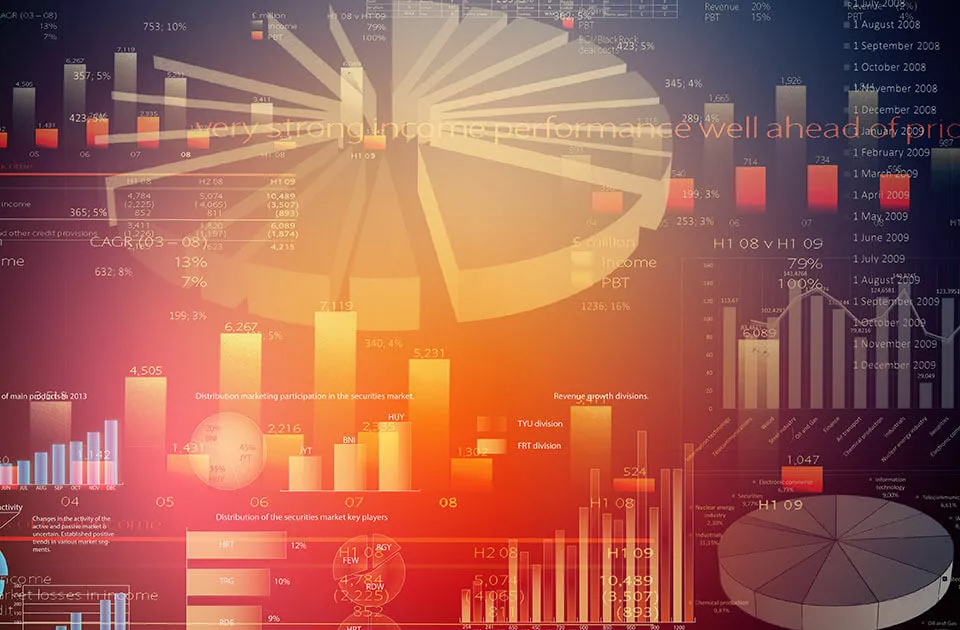Data-driven marketing: from big data to smart data
In the past, large data volumes weren’t just a challenge for marketers to deal with. While data mining made it possible to process older data, it required manual analysis and was only able to offer limited insights on the gathered information. Recent technical developments, however, have made it possible to process data at increasingly faster rates, so automatically analyzing data is no longer a problem in the age of Big Data. In addition to these trends, more and more consumers are coming into contact with a growing number of digital contact points (i.e. Like buttons, tweets, etc.), which produce even larger sums of data and contain valuable information. Data-driven online marketing exploits these developments, allowing data to be interpreted within different contexts; it also helps marketers recognize their chances among potential customers or client bases and find out how corresponding marketing efforts should be adjusted to reach these individuals.
What is data-driven marketing?
Data-driven marketing essentially refers to any marketing effort that employs strategies developed from information gathered from consumer data sets. The marketing discipline came about through the influence of different business developments. In addition to online marketing, both sales as well as customer care also present important components of the strategy. In the past, these three disciplines were also dedicated to gaining insights from data sets to optimize business operations. Now, with data-driven digital marketing, the difference is that data sets are used primarily to help companies or brands understand how their image is perceived by customers, rather than to use this data to optimize day-to-day operations. The goal here is to better reach target groups, carving out a more positive reputation and obtaining a long-term connection in the process.
The basis: data, data, data
Digital transformation has helped create a world in which users leave behind trail of information wherever they go. Companies are able to gather this information and use it for themselves. Following this, it’s easy to understand why more and more marketers are beginning to refer to data as the new currency in the digital age. Collecting customer data—Big Data—is also a fundamental aspect of data-driven marketing. Some of the most relevant data includes:
- Demographic data: general information on groups of people, including: age, sex, place of residence, socio-economic indicators (career, marital status, income). These points help create a fuller picture of the target group.
- Behavior-related data: originate from web analyses and are released in the form of KPIs (key performance indicators), like user paths, bounce rates, average length of time spent on different sites, etc.
- Qualitative customer statements: these include voluntary customer information that have been gathered through various methods, like telephone surveys or online questionnaires.
The core: analysis and evaluation
Data analyses make up the core of data-driven online marketing. These help make sense of enormous stacks of data and help recognize patterns, such as a user’s click behavior. Data analyses help facilitate the use of different data models and algorithms, giving structure to the data and recognizing correlation.
Analyses help marketers make predictions on the future purchasing behavior of users based on their current search behavior. Doing this helps create a clear advantage, as correctly using data allows companies and businesses to better understand their customers. Knowing the needs, wishes, and expectations of customers also generates better-matched products and services. The structured gathering, evaluation, and interpretation of data is crucial for a business to succeed and reach out to its customers.
The whole process depends on solid planning and cooperation between data scientists, who extract relevant information from available data with the help of analysis tools, and the campaign’s corresponding marketing team. Together, these two groups have to answer relevant questions, such as:
- What’s the basis for this information? Which data has been provided for the project?
- Which relationships are we looking for? And which analyses do we need to run in order to find these?
- What value do the potential results from this information offer the company?
- What type of workload is involved?
The shared tasks between the data scientists and the marketing team is to evaluate the flood of incoming data and to visualize facts gathered from this information in a user-friendly way; it’s important to make sure that the most important details remain present in these depictions.
The goal of data-driven marketing
The main goal of data-driven marketing is to better understand customer behavior and to remain informed of all current events. Trends, short or long-term changes in purchasing behavior, or a general change in a brand’s perception can be monitored with the help of this marketing method. Those who are able to make quick use of this information and change their approaches do more than just increase customer loyalty; ultimately they also increase turnover. By sifting through raw data and filtering out the latest trends and specific plans for action, marketing teams are able to spare themselves a considerable amount of work.
Example: reigning in lost customers
Many marketers are familiar with losing potential customers that may have shown interest in the past, for example by visiting a site or even filling up a shopping cart, but fail to return. But which inactive customers can be won back? Analyzing contact points helps marketers obtain information about their company’s relationship to their customers. When properly timed, contact points that have been neglected for longer periods of time can be reactivated by implementing measures to personally address lost customers, potentially rekindling the customer relationship in the process.


